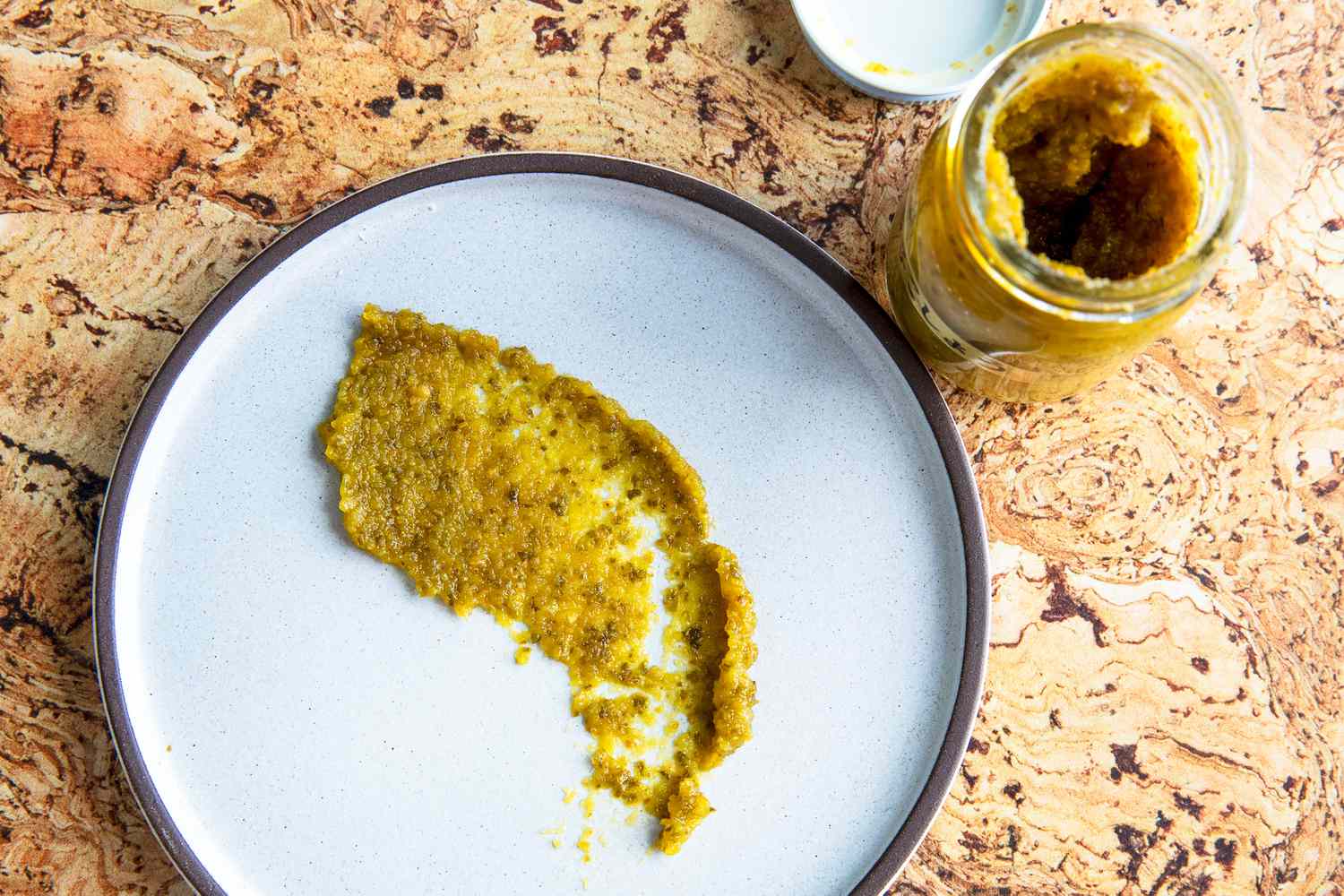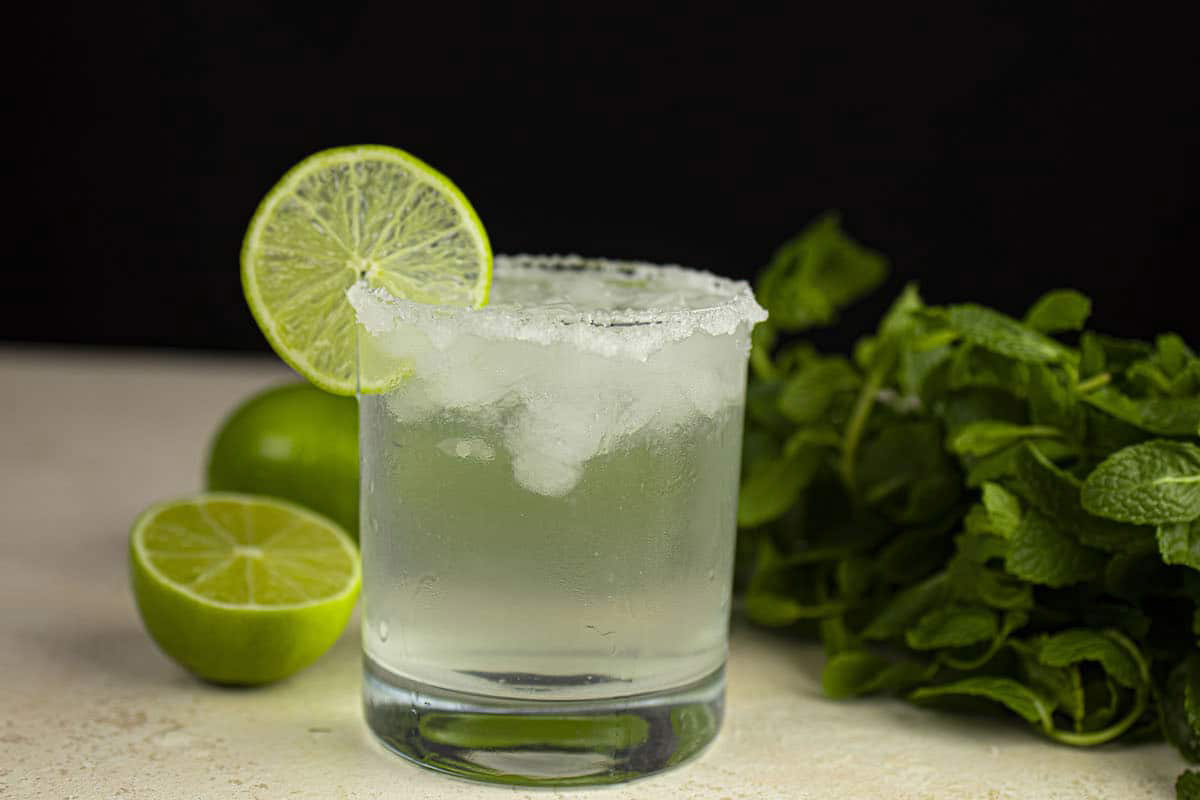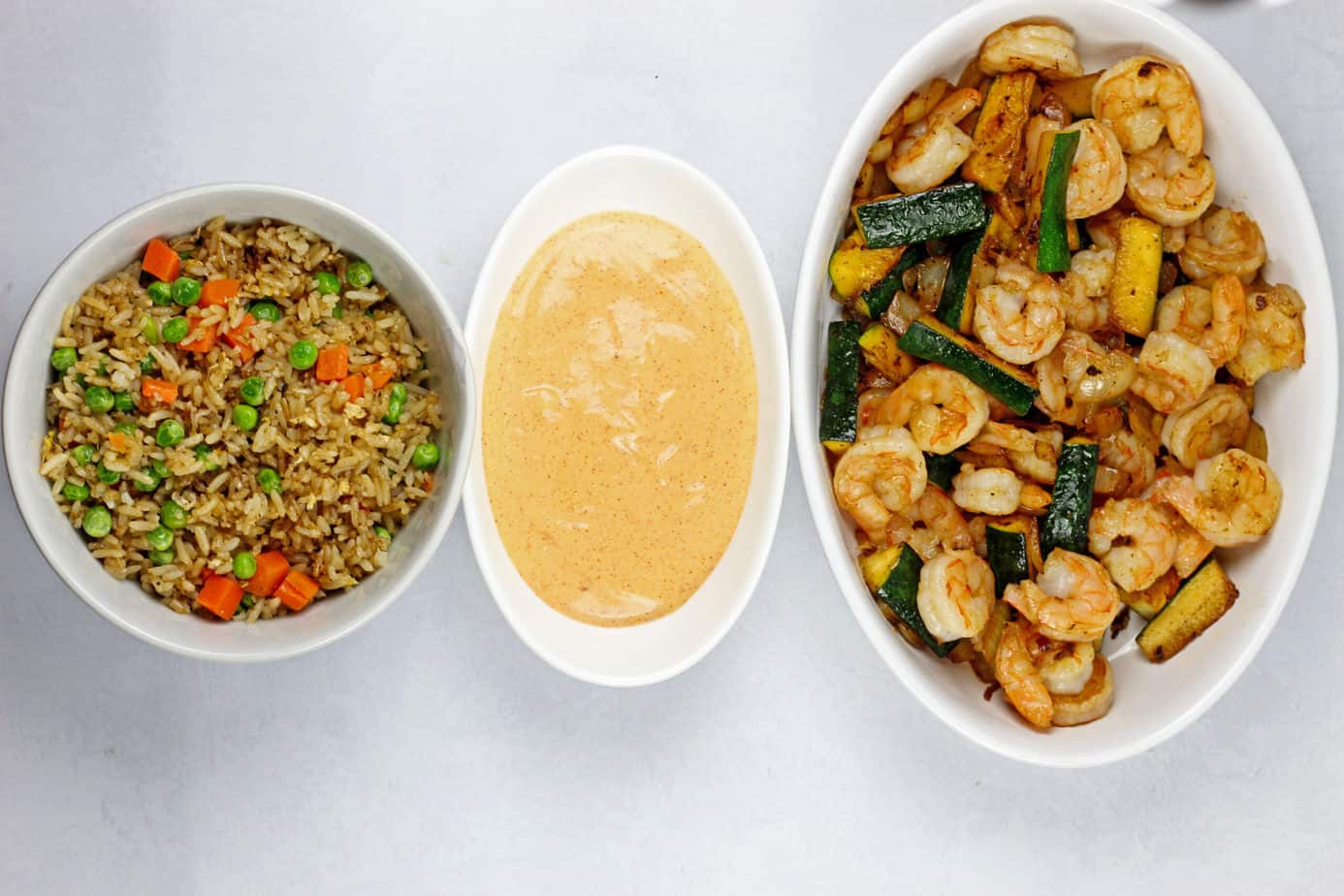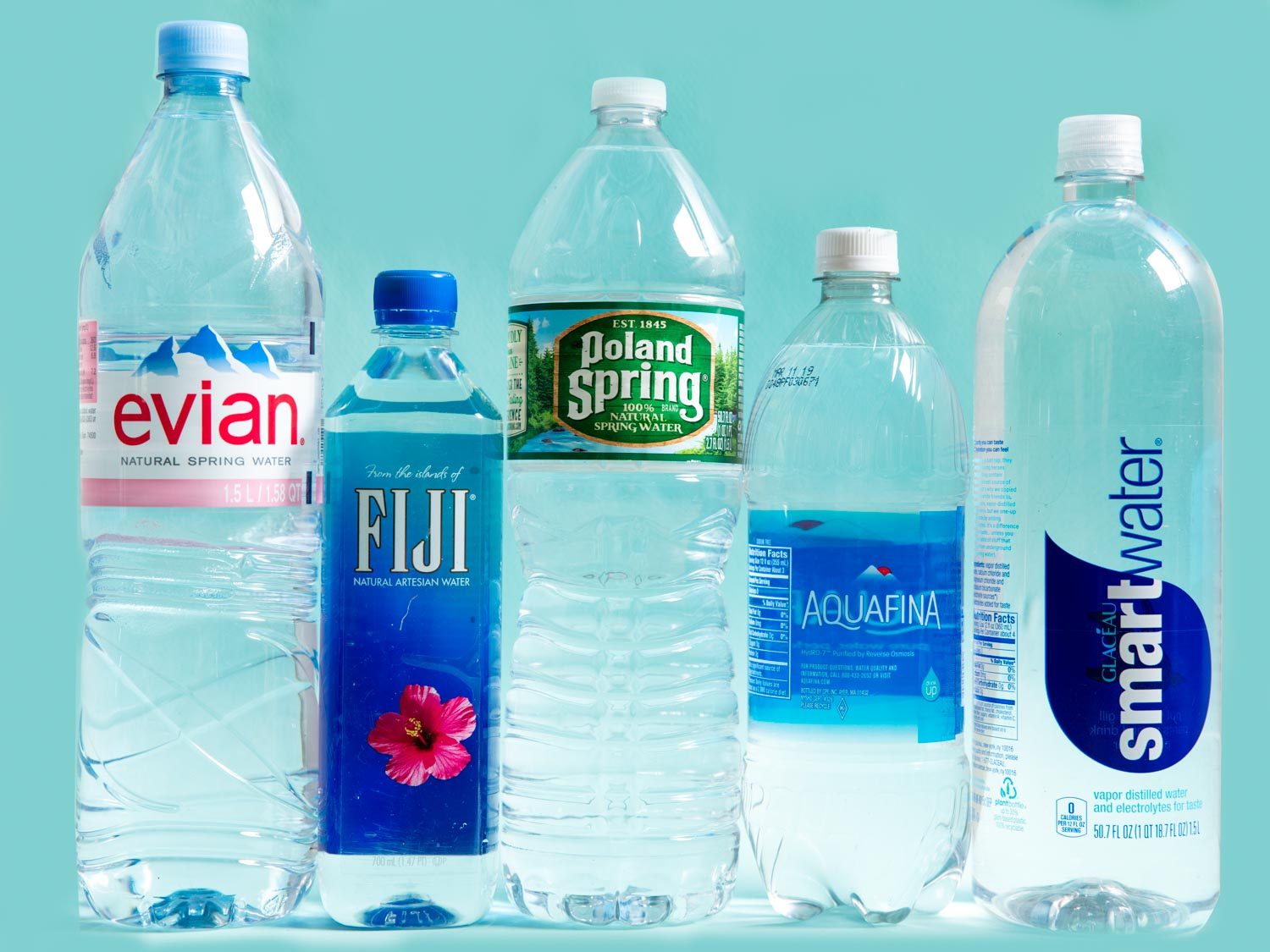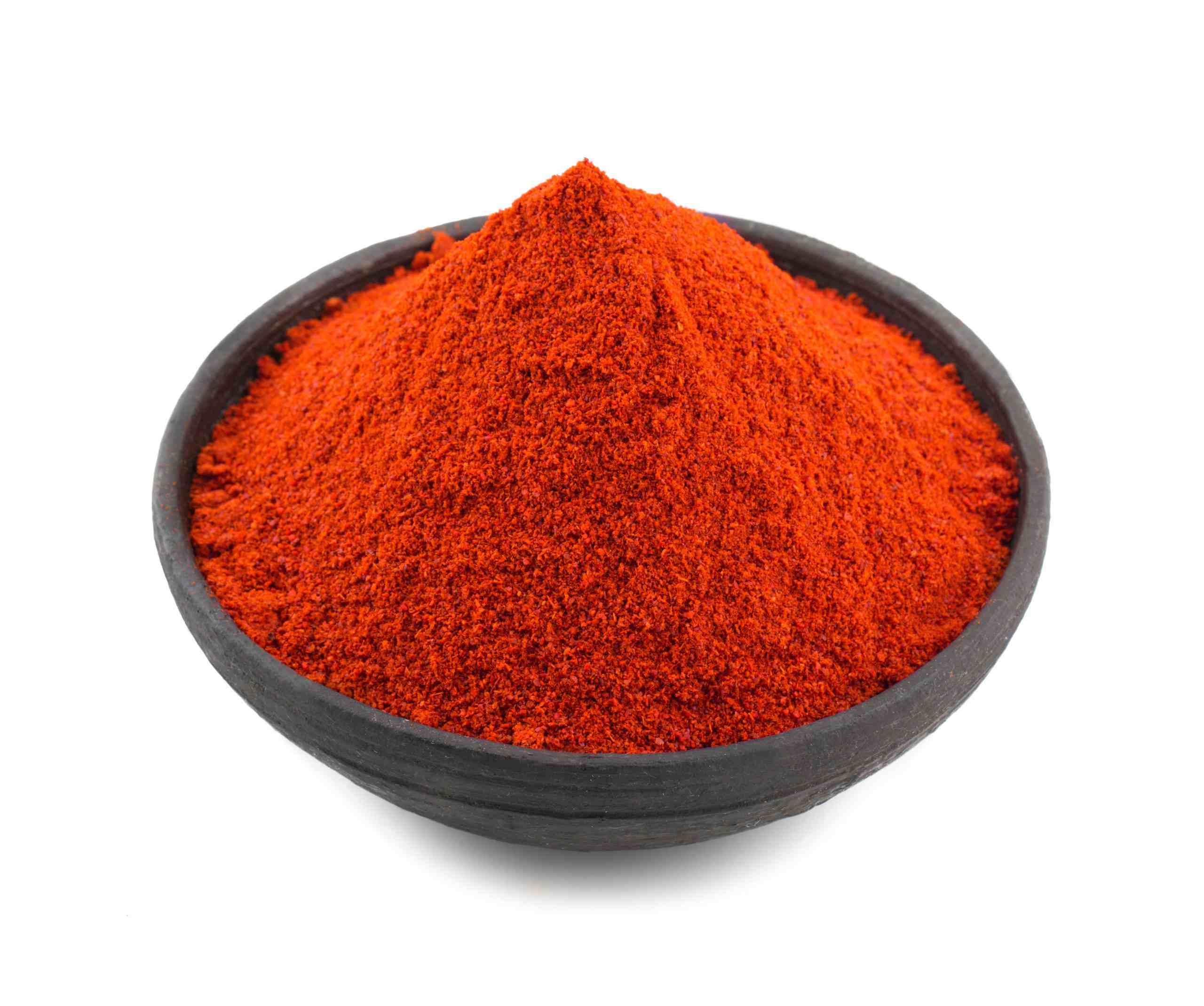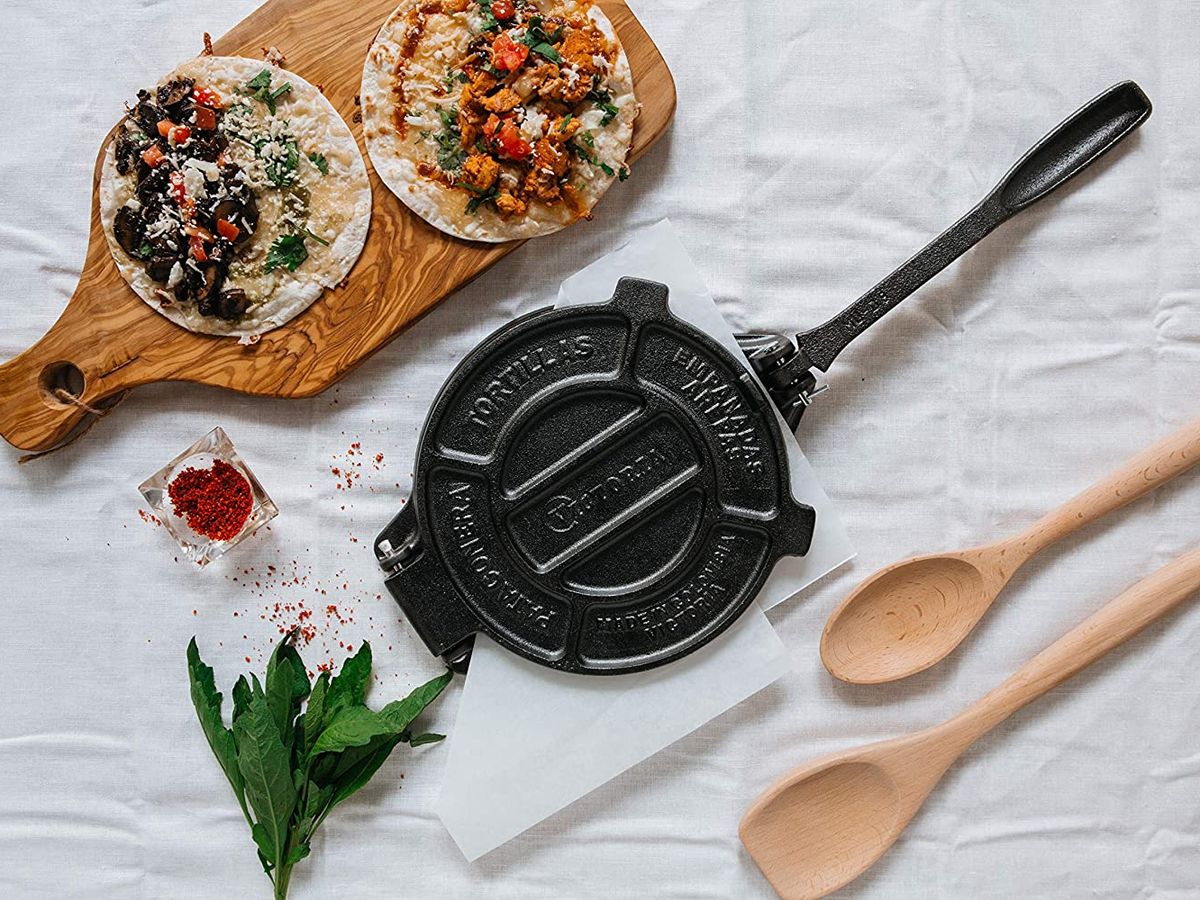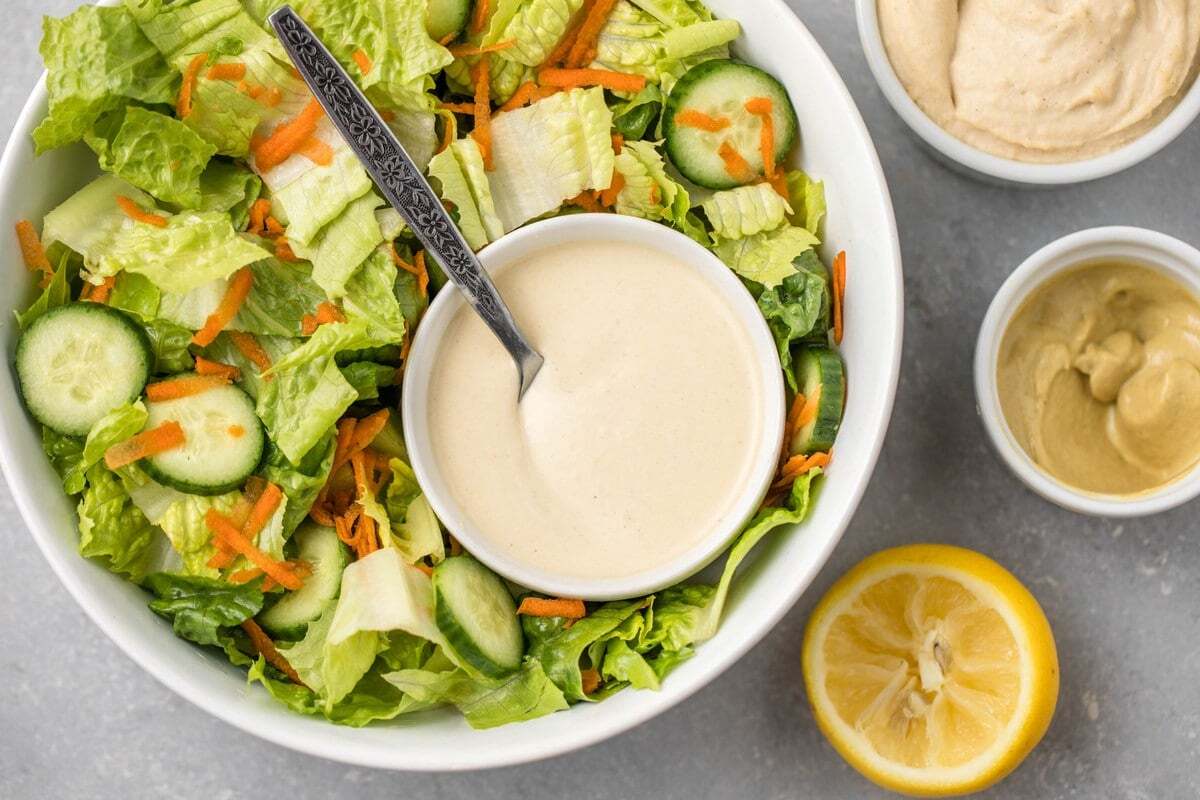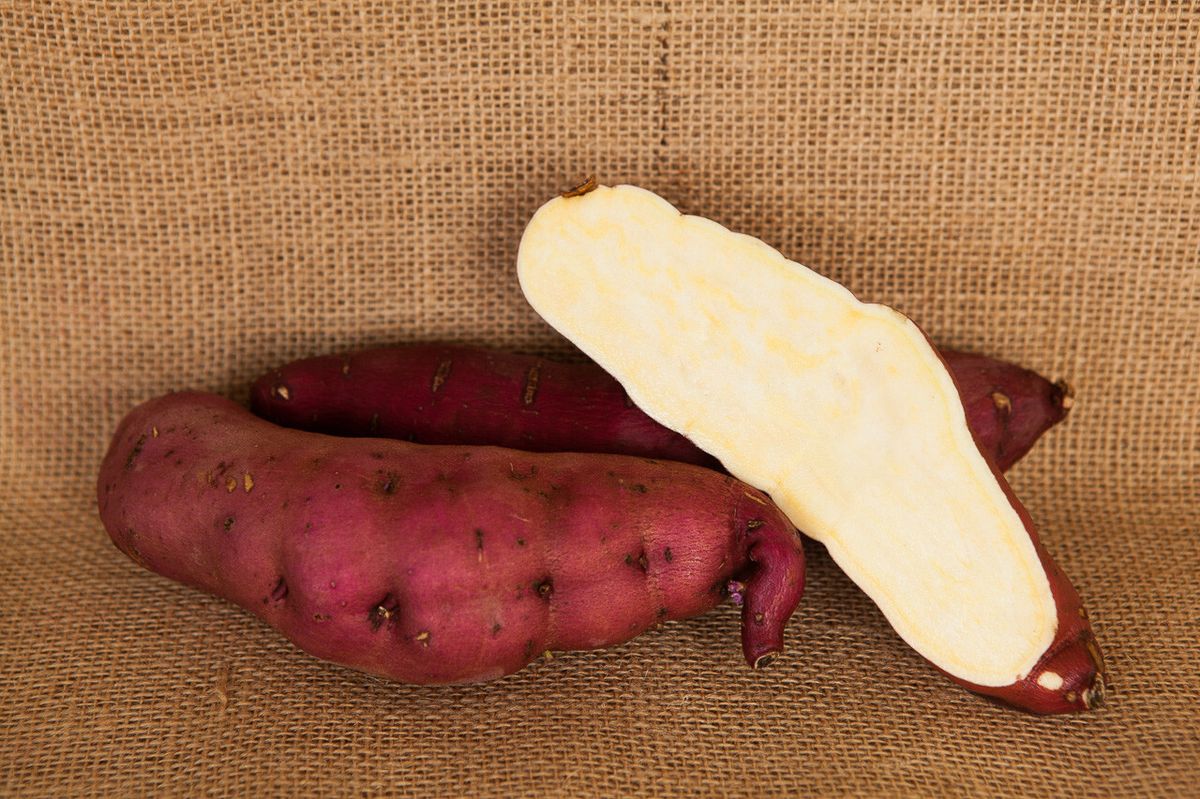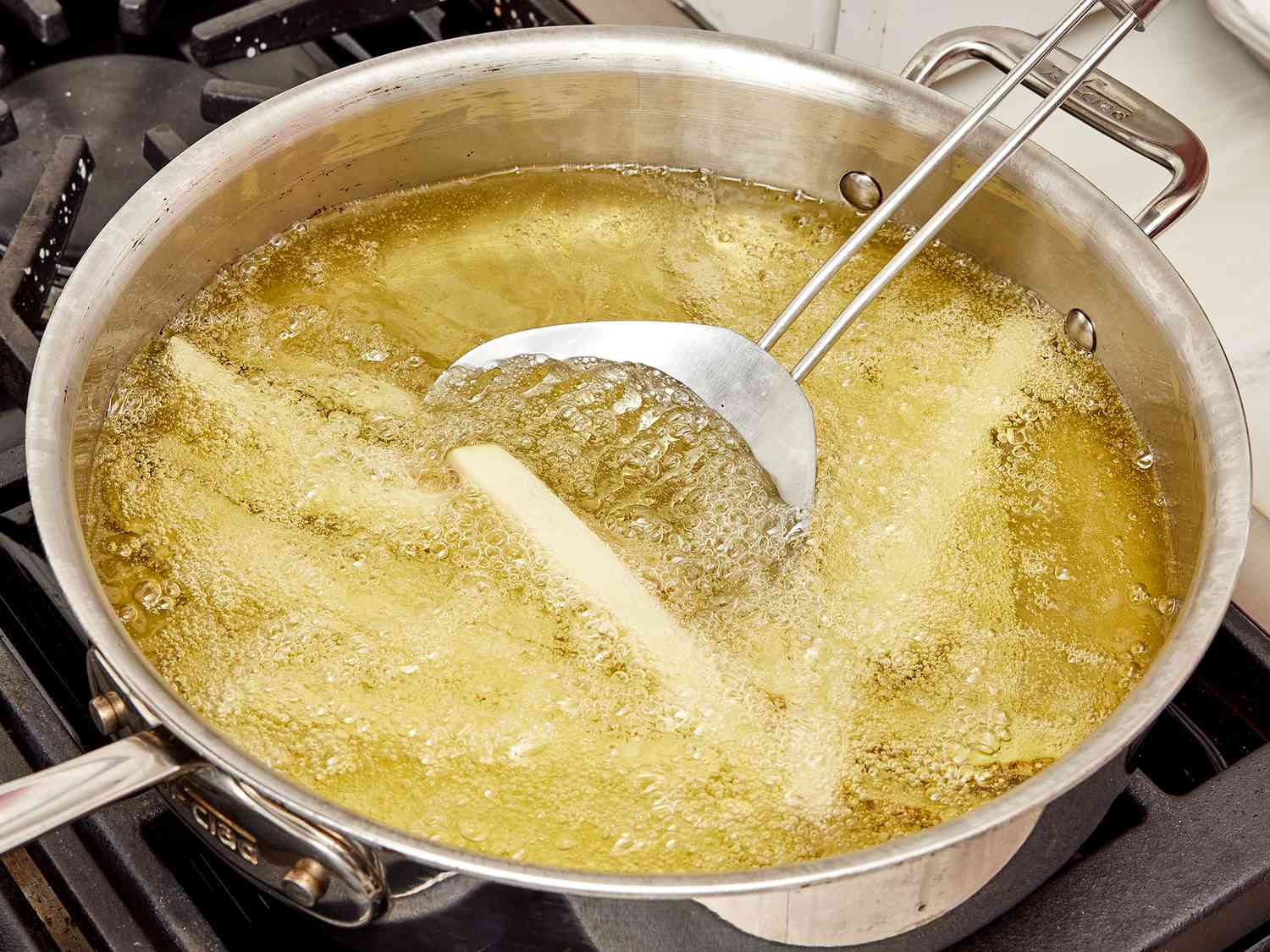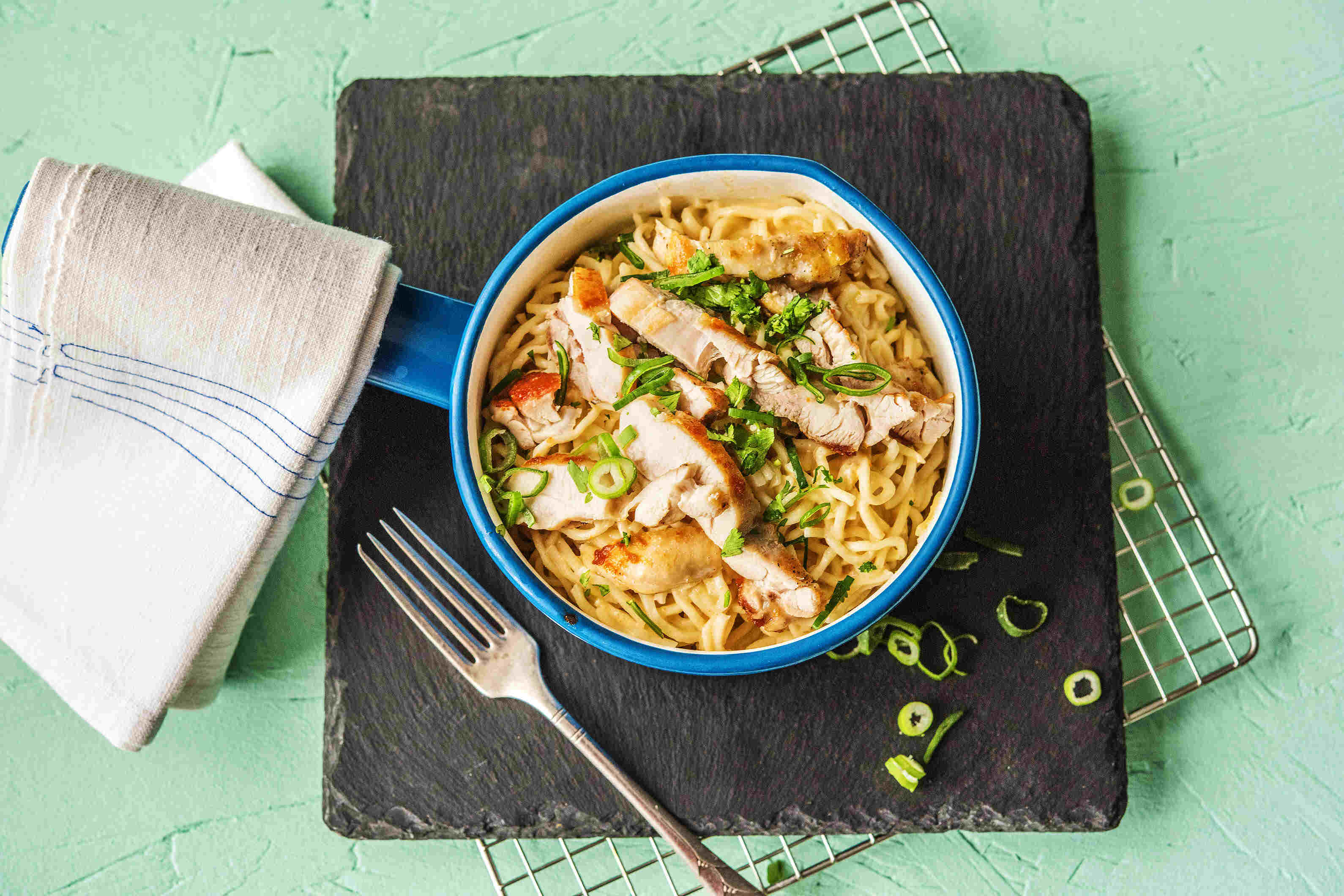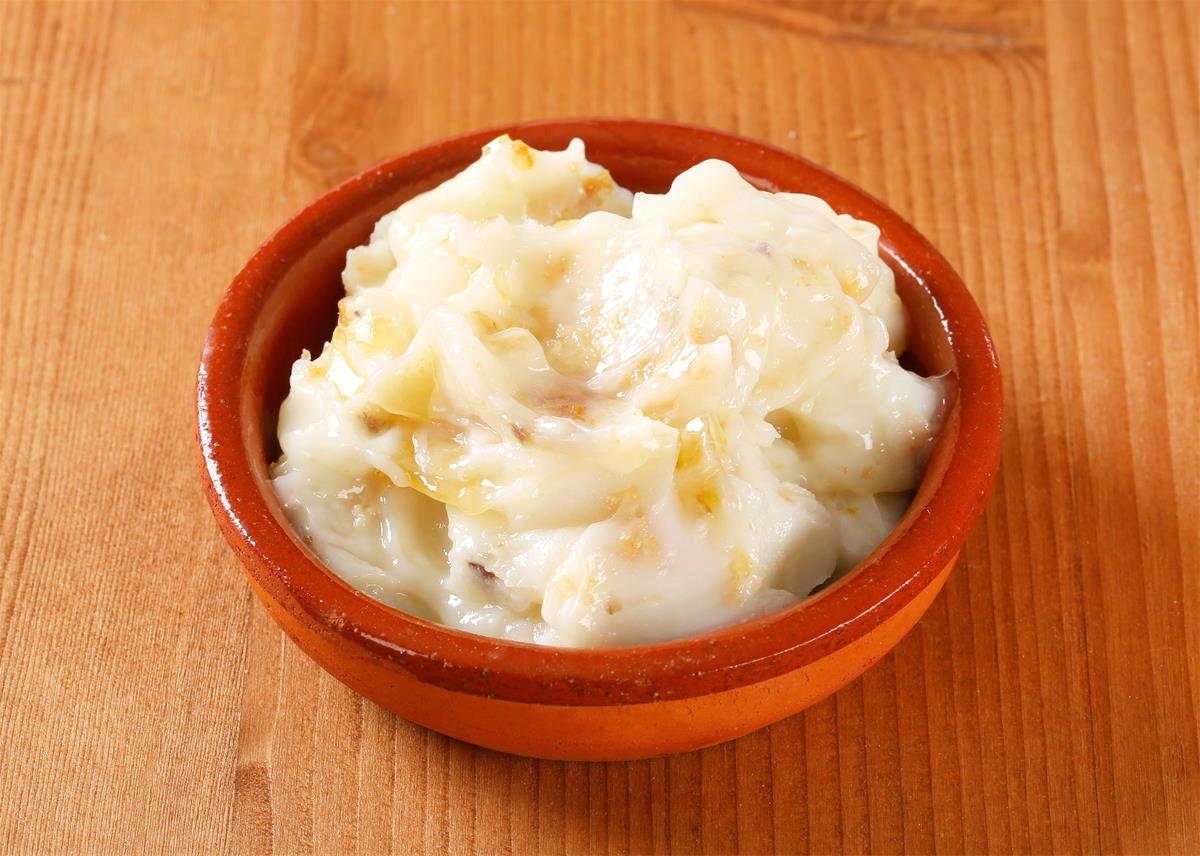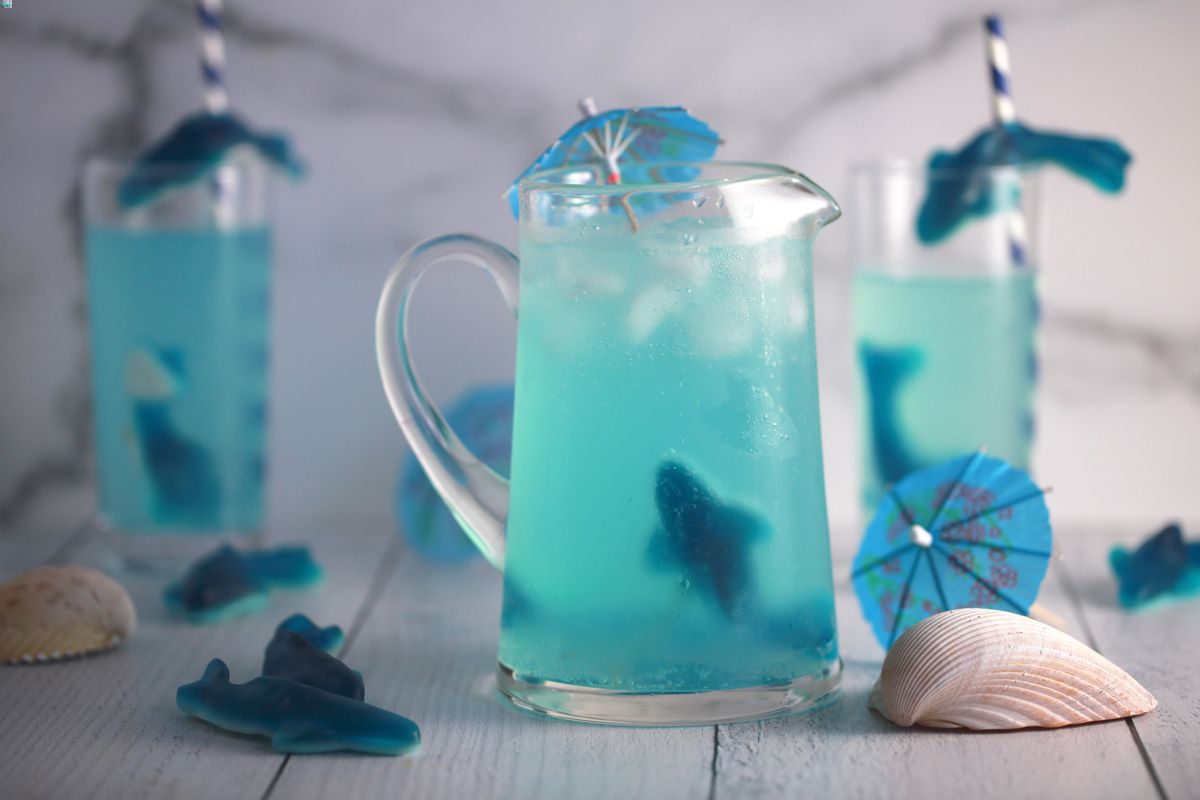Understanding the Ripeness of Bananas
When it comes to bananas, determining their ripeness can be a bit tricky. A ripe banana is not only sweeter and more flavorful, but it also offers more health benefits compared to unripe ones. So, what exactly is a ripe banana and how can you tell when a banana is perfectly ripe?
Characteristics of a Ripe Banana
A ripe banana is typically yellow in color with some brown spots on the skin. The texture is soft and creamy, making it easy to peel. When you peel a ripe banana, you’ll notice that the flesh is tender and sweet, with a pleasant aroma.
How to Tell If a Banana Is Ripe
Here are a few simple ways to determine if a banana is ripe:
- Color: Look for a vibrant yellow color with some brown speckles on the skin. Avoid bananas that are mostly green, as they are not fully ripe.
- Texture: Gently squeeze the banana. A ripe banana should give in to gentle pressure without feeling too mushy.
- Aroma: Take a whiff near the stem of the banana. A ripe banana will have a sweet, fruity scent.
The Benefits of Eating Ripe Bananas
Ripe bananas offer several health benefits. They are easier to digest, making them a great choice for individuals with sensitive stomachs. Additionally, ripe bananas contain higher levels of antioxidants and natural sugars, which can provide a quick energy boost.
Furthermore, ripe bananas are rich in potassium, which is essential for maintaining healthy blood pressure and heart function. They also contain high levels of vitamin B6, vitamin C, and dietary fiber, all of which contribute to overall health and well-being.
Ways to Enjoy Ripe Bananas
There are countless ways to enjoy ripe bananas. Here are a few ideas:
- Peel and eat them as a quick and convenient snack.
- Slice them and add to oatmeal or cereal for a naturally sweet flavor.
- Blend them into smoothies for a creamy and nutritious base.
- Bake them into delicious banana bread or muffins.
- Freeze them and enjoy as a refreshing and healthy frozen treat.
Conclusion
Understanding the ripeness of bananas is essential for enjoying their full flavor and nutritional benefits. By paying attention to the color, texture, and aroma, you can easily determine when a banana is perfectly ripe and ready to eat. Whether enjoyed on its own, added to recipes, or blended into smoothies, ripe bananas are a versatile and delicious fruit that can be enjoyed in numerous ways.
Was this page helpful?
Read Next: What Is Creamy Mushroom Sauce Olive Garden
